
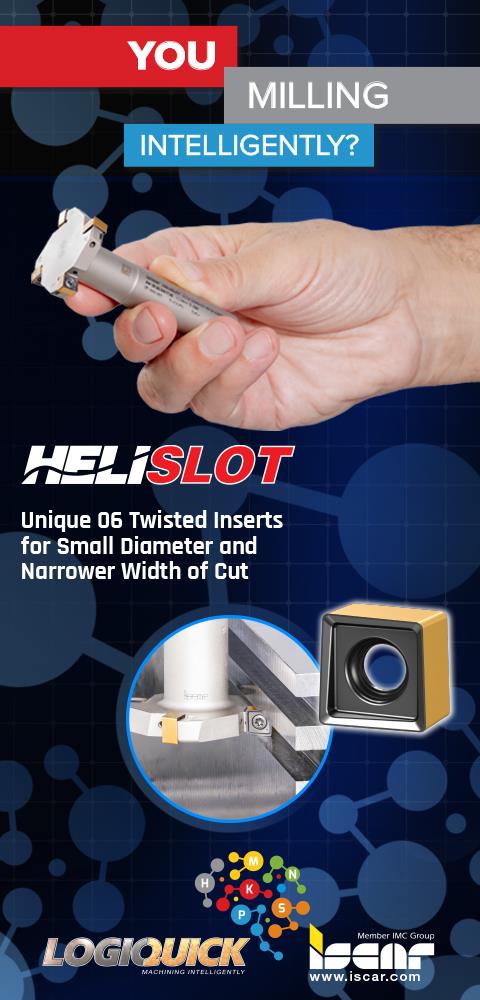


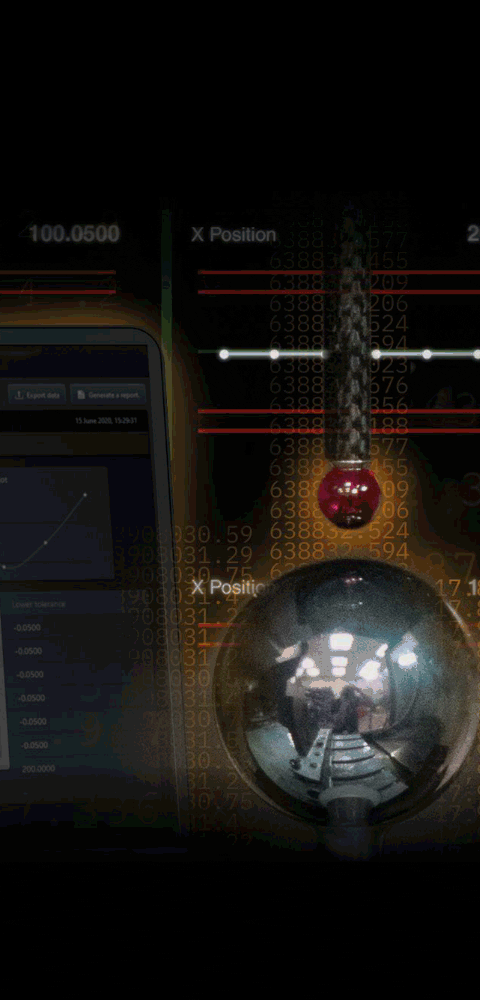
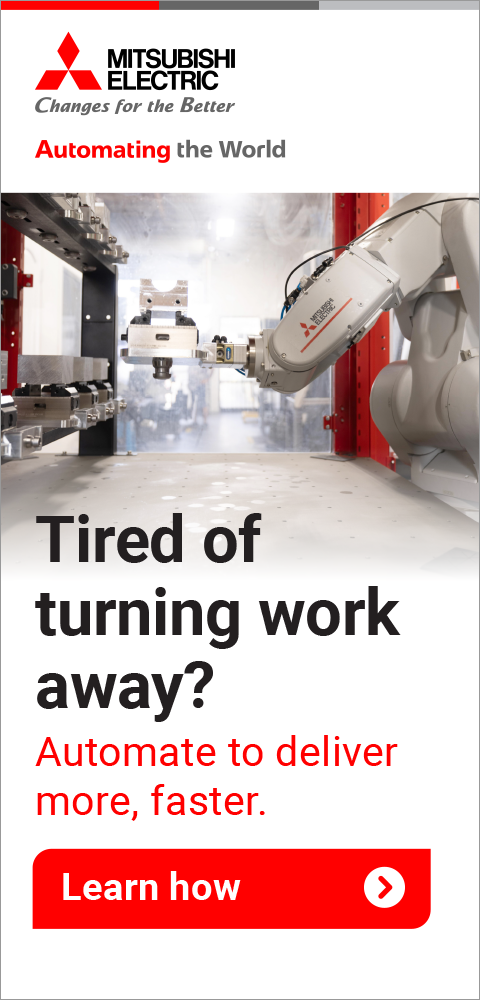

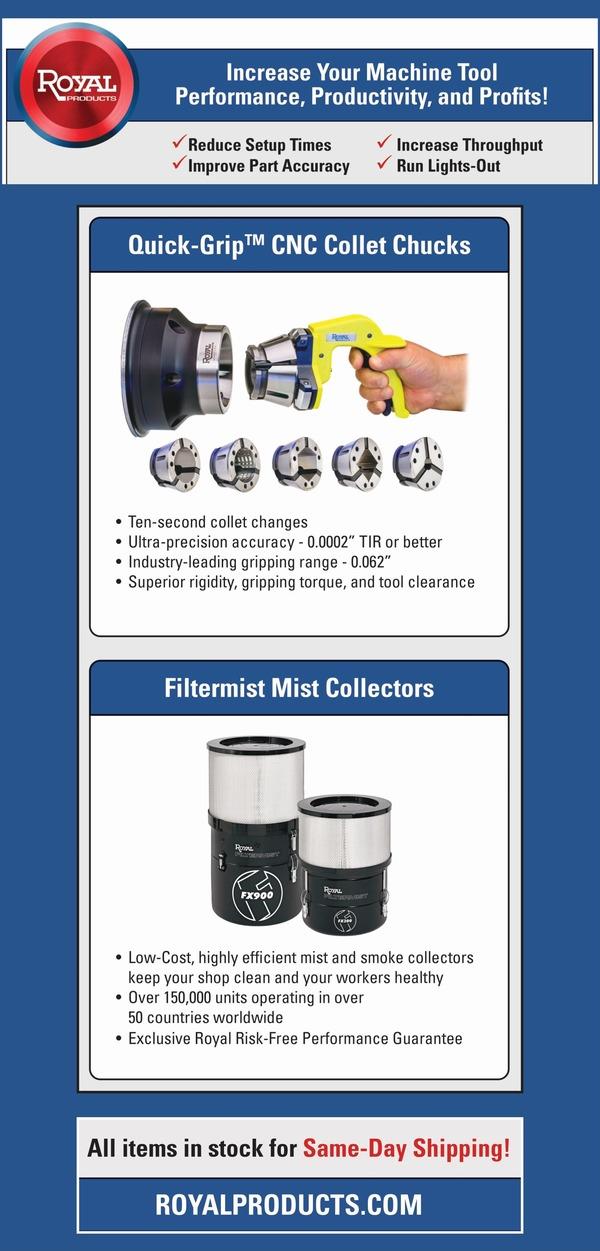
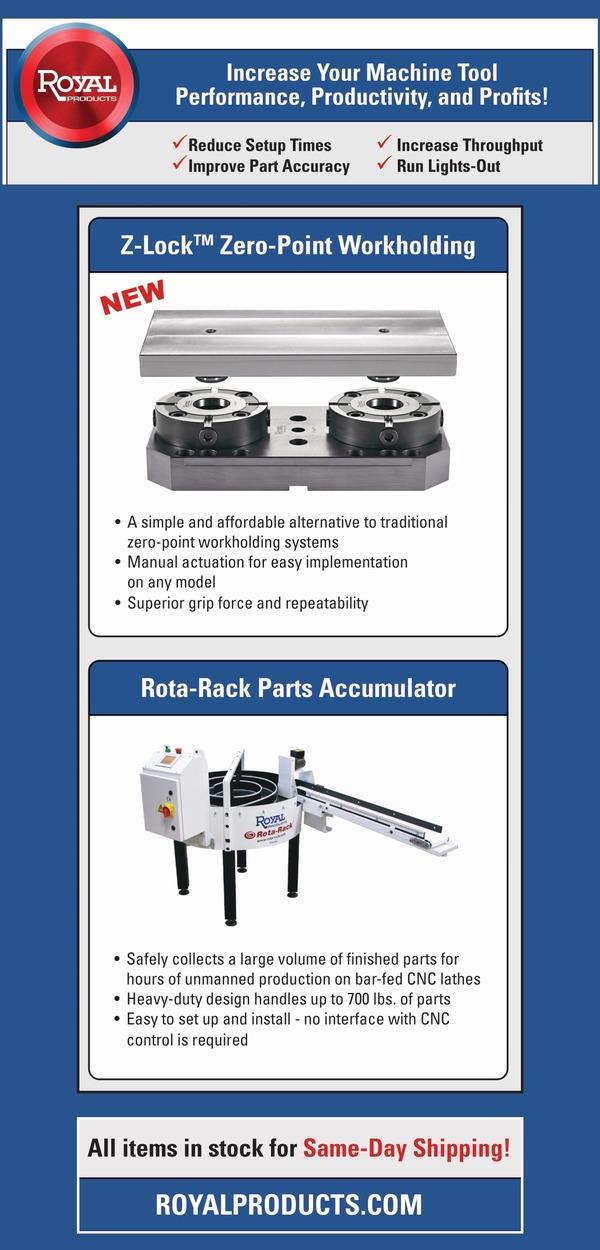
Cryogenic Treatment of Tool Steel Creates Denser Molecular Structure
May 1, 2017
Cryogenic processing, the deep chilling of tool steel so that the molecular structure of the metal is brought to cryogenic stillness in order to improve wear characteristics, is not a new technology. In the past toolmakers would bury components in snow banks for weeks or even months to improve their wear resistance. Castings were always left outside in the cold for months or years to age and stabilize. Today's dry cryogenic process is computer controlled, using a prescribed schedule and maintained at -300 °F for a particular time before slowly returning the parts to room temperature. Prior to the deep cryogenic step, many tool steels require a preconditioning step consisting of a short temper. After being subjected to the deep freeze, the materials must be tempered to about +300 °F. This temperature varies for different materials, and the processing time varies for different material cross sections.
It is possible to improve performance and increase the life of metalcutting tools, blades, punches, dies, slitters, shears and knives with cryogenic processing at -300 °F. "Cryo processing increases abrasive wear resistance, raises the tensile strength and decreases brittleness with only one permanent treatment," said a CryoPlus spokesperson. "It creates a denser molecular structure and closes the grains structure, resulting in a larger contact surface area that reduces friction, heat and wear. Cryogenic treatment changes the entire structure, not just the surface. Subsequent refinishing or regrinding operations do not affect the permanent improvements of the processing.
"Today's limited acceptance and use of cryogenic treatment is basically attributed to a lack of understanding of the technology. Changes to the material micro-structure are not visible with a standard laboratory metallograph or any other standard mechanical testing. Material hardness remains about the same."
"When the cryo treated tool does wear, the degree of wear reportedly is less severe, slower and more uniform," continued the spokesperson. "Therefore, less material must be removed to re-sharpen it. Customers have reported a material removal rate of less than half the normal material removed in re-sharpening. Cryo treating reduces the cost of the product by having longer tool life, less scrap, fewer rejections and above all, less costly downtime. It looks as if cryogenics finally will be getting the attention, in terms of metallurgical research that many of its proponents have been seeking."
For more information contact:
Kathi Bond, President
CryoPlus, Inc.
2429 North Millborne Rd.
Wooster, OH 44691
330-683-3375
KathiCryo@aol.com
www.cryoplus.com
< back